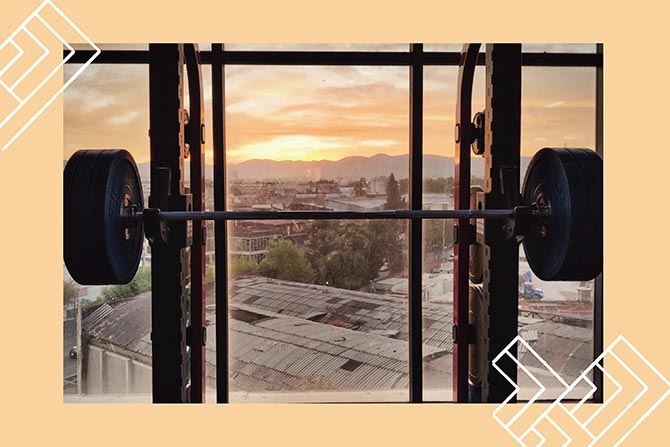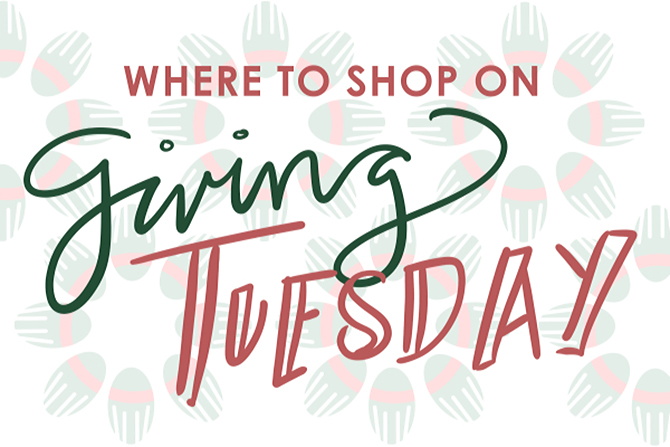Nothing is Scarier Than Unsafe Water: A Healing Waters International Update
by Susannah McQuitty

You got this—all you have to do is start!
We make filing taxes delightfully simple with one, flat–rate price. Every feature included for everyone.
Start filing
Today we’re sharing a post from Healing Waters International’s Kat Lengacher about the statistics, worldwide effects, and action steps against unclean water.
I have always been fascinated by water because of its vast characteristics and roles in the world. Water, in its simplest form, is two hydrogen molecules bonded by hydrogen bonds to an oxygen molecule. Those three simple things are what sustains life as we know it. Humans can only survive three days without water.
Then you think about water on a large scale: hurricanes, tsunamis, floods. Water literally changes the landscape of countries and rewrites history as it moves in magnitude, power and strength. The very thing that we need to live can also physically change towns, cities and countries. While the destruction that can come from large amounts of water is scary, the consequences that can come from contaminated water is an equally daunting thought.

We must first zoom out and see the bigger picture of how contaminated water affects many different areas of life. We often just think about contaminated water as the grimy, scummy creek water we see along the road. We think about contaminated water coming from mud, dirt or algae. But in the developing world, contamination can start well before the water is poured into a person’s cup before dinner. For example, individuals living in areas without proper sanitation facilities find themselves defecating in or near a water source. This same water source is then used by farmers in the community to irrigate their crops and sustain the small amount of profit they receive each week. These crops that were irrigated with the contaminated water and then used to prepare the meals that families eat without knowing about previous contamination.
Not only is contaminated water part of a larger cycle, but it has devastating effects. There is a long list of diseases that come from contaminated water, with a few being cholera, malaria, schistosomiasis, trachoma and typhoid. These diseases involve water or food being contaminated in some part of the cycle that result in fecal-oral transmission to humans. The fecal-oral route describes a path of transmission of a disease where infectious agents found in feces are passed from one person to the mouth of another person, most commonly through unapparent fecal contamination of food, water and hands. Diarrhea is one of the main consequences of this fecal-oral route and can be exacerbated by inadequate sanitation and insufficient hygiene. Diarrhea often receives the most attention when thinking about diseases effecting the developing world and rightfully so, as there are an estimated 1.4 million preventable child deaths per year from diarrhea.

So how do we start to address such a large problem as contaminated water? To start, we work to ensure people have access to safe drinking water. Thankfully, there is a global importance of the role of water, sanitation and hygiene in development, poverty reduction and health. Grass root organizations up to national governments have seen the transformation that can come when you are able to bring clean, safe water into a community that previously had only contaminated water for drinking, cooking and cleaning.
Second, we focus on building adequate sanitation. This can range from teaching about the proper use and maintenance of latrines to working with governments to improve waste and irrigation water management. Proper sanitation can prevent human feces from polluting the environment and ultimately ending up in communal water sources.
Lastly, we focus on educating individuals and families about good hygiene behaviors. Researchers have found that only 19 percent of individuals wash their hands after contact with feces. While the fecal-oral route often finds its means of transmission through contaminated water, hygiene behaviors, such as washing hands with soap and keeping food covered, also work to eliminate the potential of disease.

While there are many different facets of the WASH field, everyone centers around the desire to ultimately see healthier families and communities around the world. We long for individuals to not only have access to clean water, but to be educated and empowered to know how to reduce the risk of contamination and transmission of diseases. The task seems daunting and the need too large. However, the Global Water Crisis will end because of the daily steps organizations and governments are taking to partner with individuals, empower families and awaken communities to the potential of a healthier life. While nothing is scarier than contaminated water, we push forward to the day when every individual has access to clean water and no longer lives with the fear of disease and death that so often accompanies every cup.
Sign up for more of this.
Subscribe to our blog for year–round finance strategies and tax tips. We’re here to remove the dread from filing taxes.










